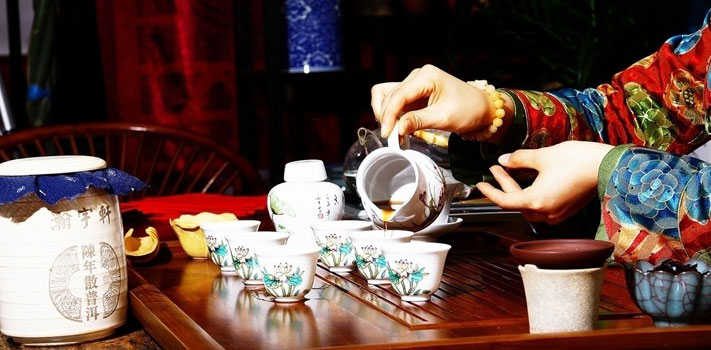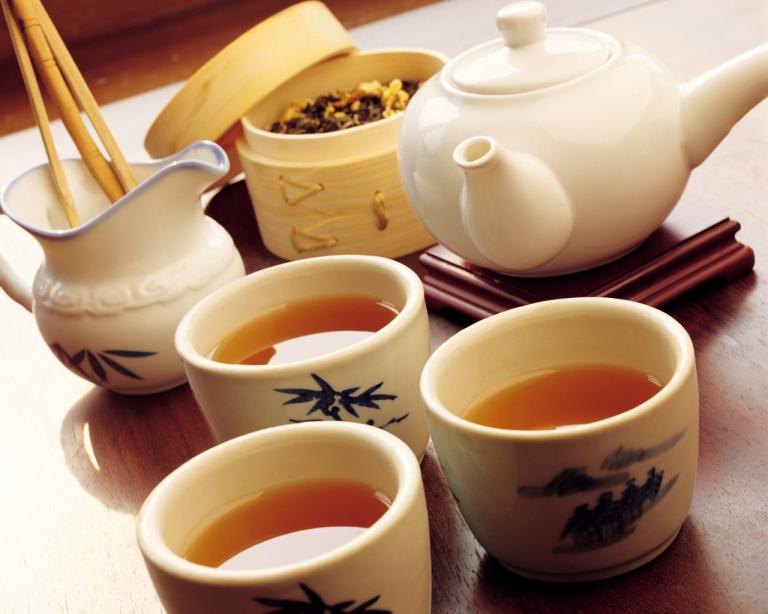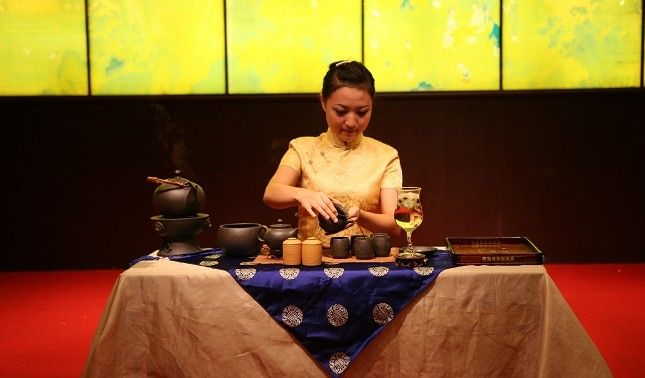Tea Sage of China
4 min readWhen we talk about Chinese tea culture today,we shouldn’t miss an important figure inChinese history-Lu Yu(733-804),who was respected as a”Tea Sage”for his contribution to Chinese tea culture.During the Song Dynasty,Lu Yu wrote the Tea Scripture(also translated as The Classic of Tea).

Lu Yu
Born in A.D.733 in the Tang Dynasty,Lu Yu was an orphan adopted by a scholarly monk named Jigong in modern day Hubei Province.At that time,drinking tea became a nationwide tradition.Tea drinking originally appeared in Southern China,and in the mid-Tang Dynasty it started to gain favor with Northern Chinese.The widespread distribution of tea can be attributed to the extensive practice of Zen Buddhism in the whole country.Because sleeping and eating were strictly prohibited for Buddhists practicing meditation,they could only drink tea.Many monks were tea connoisseurs at the same time.
Jigong was a well-known monk and a tea lover.Lu Yu learned from him how to read and write and how to prepare tea for him from childhood.As the years passed,Lu Yu developeda great interest in the brew.However,he rebelled against the discipline of priestly training which had made him a skilled observer. At the age of 11, he fled the temple and joined a theatrical troupe. Although he was a stammer and was not handsome, his fame as a performer increased with each year due to his wit and humour. However, he felt his life lacked meaning. In his lateyears, Lu Yu withdrew from the outside world into seclusion and concentrated on research into tea. The fruits of his research were written down in his masterpiece-Tea Scripture.

Tea Scripture
Lu Yu began to develop a love of tea during his boyhood in the temple. He picked and prepared tea himself, discovering a new world in the tea leaves. His Tea Scripture wasa systematic summation of the scientific knowled ge and people’s experience of tea in the Tang Dynasty and before. It was based on first hand information he got from his own practice as well as his extensive study of related books, and his learning of tea-making experience from other people. It is divided into three sections and ten chapters, including the origin of tea, tea tools, tea picking, tea cooking, tea ceremony, tea events in history, famous tea producing areas, etc.
Perhaps of most historical value is the seventh chapter, entitled “Tea Events”which records incidents concerning tea over thousands of years, from legendary times to the Tang Dynasty, introducing the history of Chinese tea in a systematic and comprehensive way.
The Discovery of Tea
According to Lu Yu’s Tea Scripture, tea drinking in China can be traced back to the ZhouDynasty:”Tea was discovered by Shennong and became popular as a drink in the State ofLu because of Zhou Gong.”Shennong (the Divine Farmer) is a legendary ruler, the 2nd of the Three August Ones and the God of Sun. He is supposed to have invented the plough and discovered the curative virtues of plants. The most well-known work attributed to Shennong is The Divine Farmer’s Herb Classic in which Shennong is said to have tasted hundreds of herbs to test their medical value. He was poisoned seventy-two times in a day and saved by tea.
Legend has it that in Shennong Period before 2700 B.C., Shennong often went to the remote mountains to pick herbal medicines in order to cure his patients. He carried outan investigation of hundreds of wild plants to see which were poisonous and which were edible, so as to prevent people from eating the poisonous plants. His approach to each plant helped him to experience its unique taste and discern its properties. It is said that one day he was poisoned seventy-two times and was luckily saved by chewing some tea leaves. The green leaves, with a faint scent, were carried to him by a gust of wind. He picked up two leaves and put them in the mouth. Chewing the tender leaves made him feel refreshed and energetic. Out of curiosity, hepicked up some more leaves and observed them carefully. He also found nearby the evergreen plant from which the leaves came. He picked some leaves from the plant and brought them home for further study. Later he named the plant “Cha”(tea). Therefore, in early times, teawas used as a magic medicine for all sorts of diseases. The curative plant later becamea popular beverage for the Chinese people.









